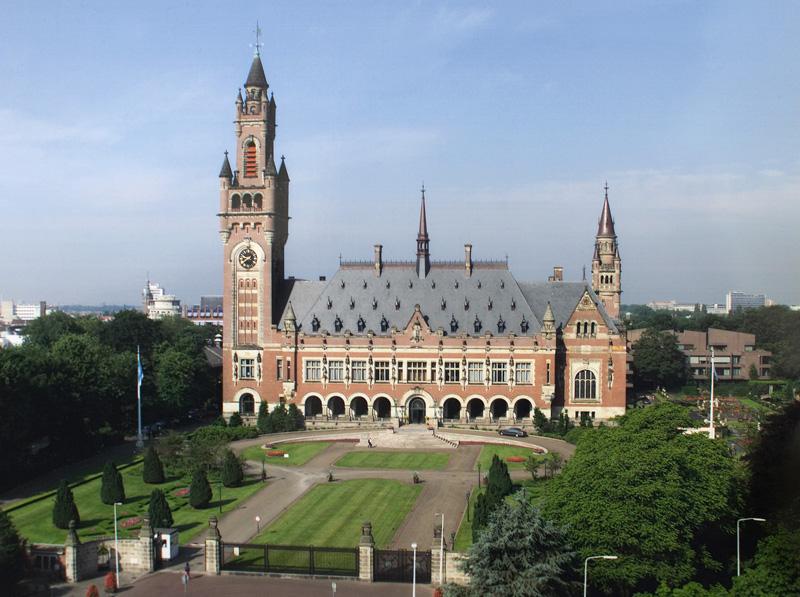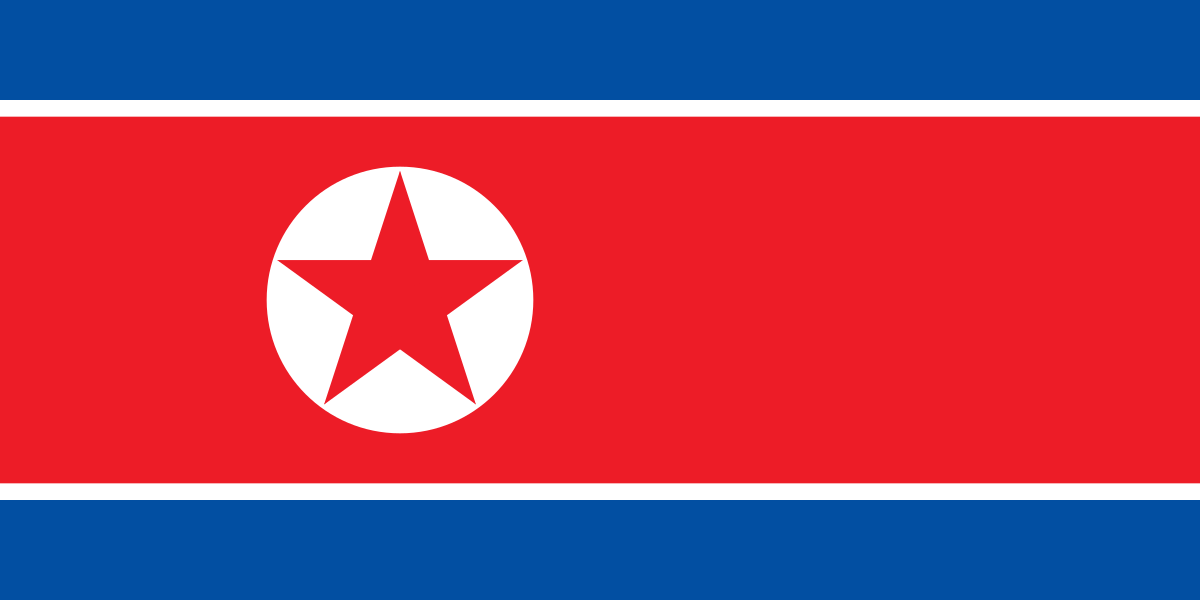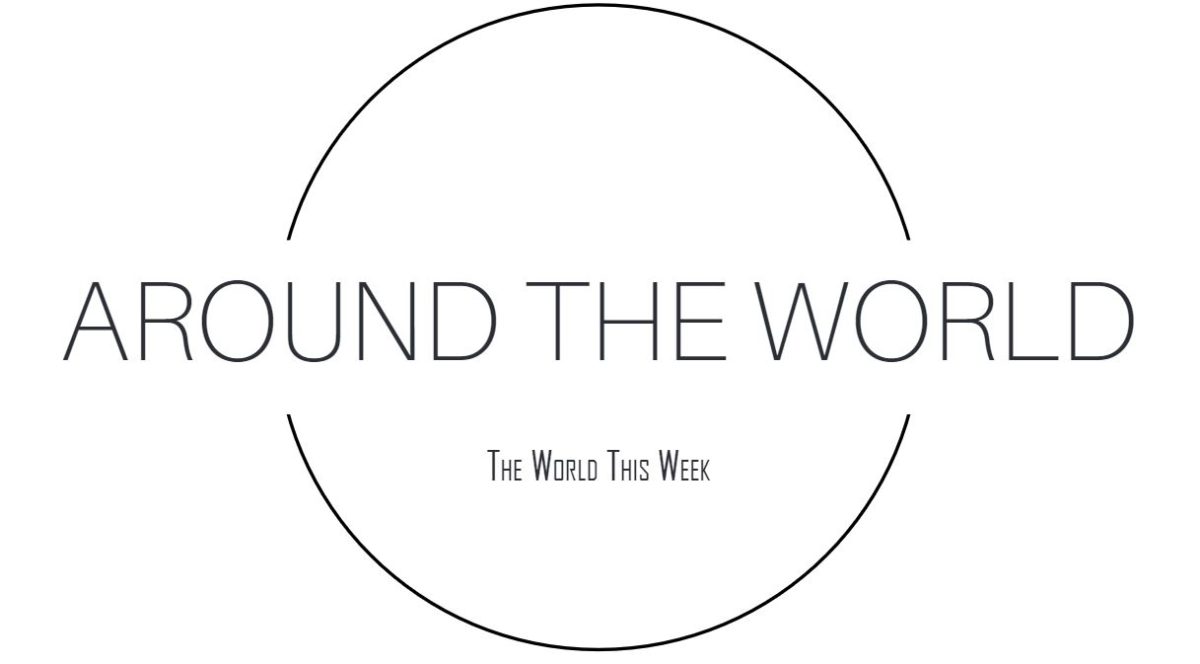Map showing apex of rebel advance in Mali
One of the current hot news topics is the situation in Mali. I will give you an overview of the current situation in Mali and how it came to take place.
Ever since mid-January 2012, rebel groups have been fighting against the Malian Government. The Tuareg people of northern Mali have desired independence for a several decades. They rebelled in the early 1960s, and were brutally defeated. Libya’s Muammar Gaddafi recruited soldiers from the Tuareg to fight for him, and supplied them with weapons, money and training. After Gaddafi’s death, many of the troops returned to Mali. They formed the National Movement for the Liberation of Azawad (MNLA), which had the goal of gaining northern Mali’s independence and forming a state called “Azawad”. The Tuaregs desired this independence since Malian politicians were corrupt and had neglected northern Mali for many years.
The MNLA allied with Islamist groups, including some affiliated with Al-Qaeda, to drive the Malian army out. The Malian Army was dissatisfied with how its leadership handled the rebellion, and ousted their government in a coup in March 2012, ironically helping the MNLA take the North. In April 2012, the MNLA stopped its advances, saying that it had achieved its goals in liberating “Azawad”. They declared the independence of their newly formed state. However, the MNLA were not able to effectively govern the new territory they had just gained, and got into conflicts with their Islamist allies about the application of Sharia Law in the region. Because of this, the Islamists turned on the MNLA, taking control of most of the cities from them. Many Tuaregs fled to Burkina Faso, Niger, and Mauritania to avoid blame by Malians and the strict form of Sharia Law imposed by Islamists. In December 2012, the MNLA began peace talks with the Malian Government, and started to help them fight against the Islamists.
The Islamist groups included Ansar Dine, Movement for Oneness and Jihad in West Africa (MOJWA/MUJAO), and Al-Qaeda in the Islamic Maghreb (AQIM). Ansar Dine is the strongest Islamist group in terms of numbers and territory, and has the goal of transforming the entire country into an Islamic state. MUJAO is a spin-off of and has a truce with AQIM. MUJAO has the goal to spreading jihad across West Africa. AQIM is an organization that has the goal of imposing Sharia Law in the Sahel Region of Africa, with ties to Al-Qaeda. These three organizations fight against both the Malian government and the MNLA for control of Azawad.
Mali’s government is corrupt and weak, which is part of the reason that this rebellion happened in the first place. The Malian Army was unable to stop the MNLA and Islamist rebellion, and became so dejected with their government that they overthrew them in a coup in March 2012. These soldiers, naming themselves the National Committee for the Restoration of Democracy and State (CNRDR), took control and suspended the constitution of Mali. Under international pressure, they established an interim government, only to overthrow them again in another coup. So northern Mali (“Azawad”) is split up between the MNLA and Islamist groups, and the south is controlled by the Malian military, which faces international criticism. Both sides are split among themselves, as well as among their allies.
Mali’s interim Prime Minister, Dioncounda Traore, begged France for help in defeating the rebels. As Mali’s former colonial power, France agreed to help Mali gain back its territory from the rebels. On January 11th, 2013, the French military intervened, aiding the Malian Army against the Islamists through airstrikes. They also sent some 4,000 troops to Mali. African Union member countries such as Chad, Nigeria, Niger, Burkina Faso, and Senegal have also sent soldiers to Mali to help resolve the conflict. This alliance is currently working to remove the Islamist rebel presence in northern Mali. They have managed to push the rebels out of major cities, but there is still resistance in some rural regions. The conflict in Mali is currently winding down, but will continue until the French and Africans eliminate the threats posed by rebel groups. The United Nations is planning on deploying a peacekeeping force in the near future. Hopefully, the intervention by the French, the United Nations, and the African Union will allow for peace to return to the region.
Hari Ravichandran






























